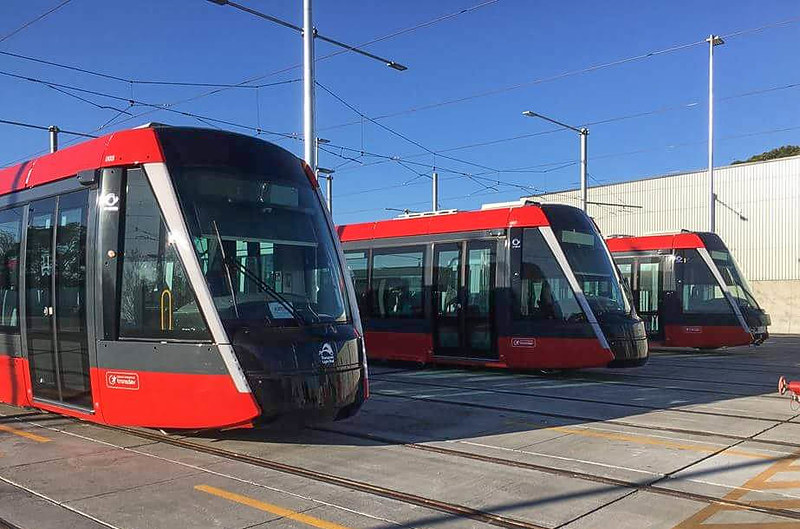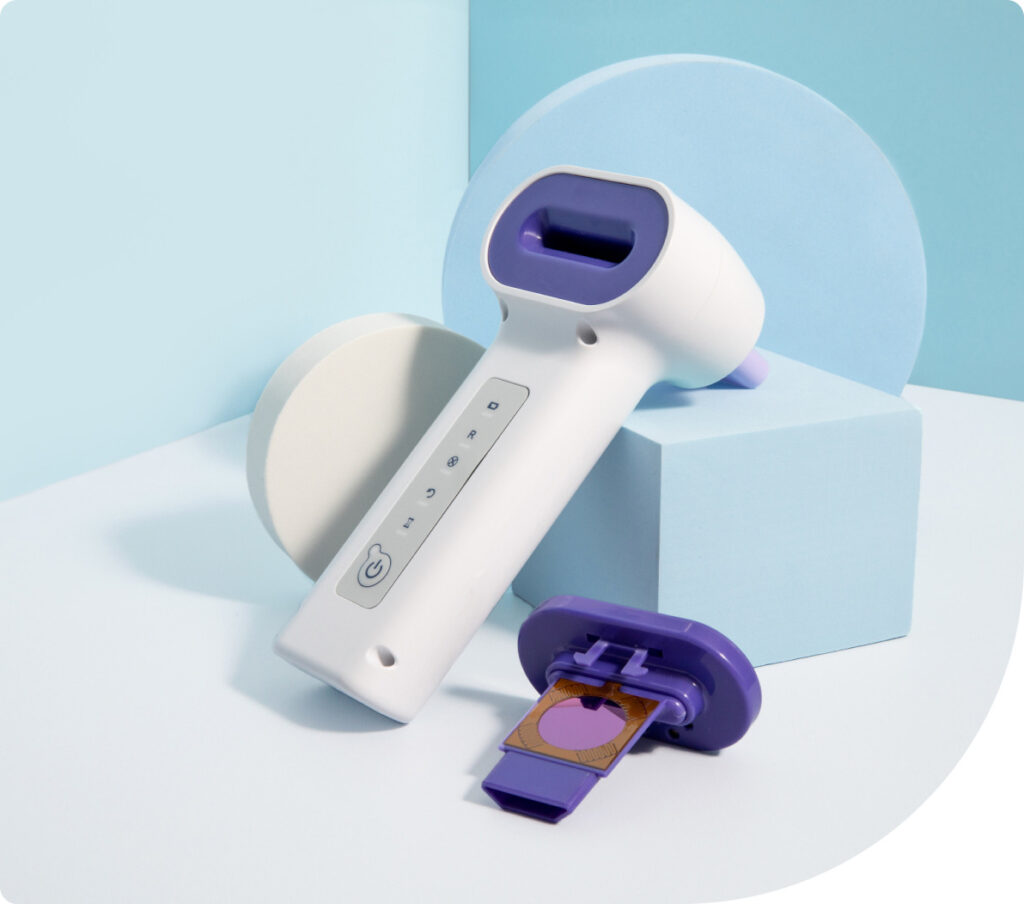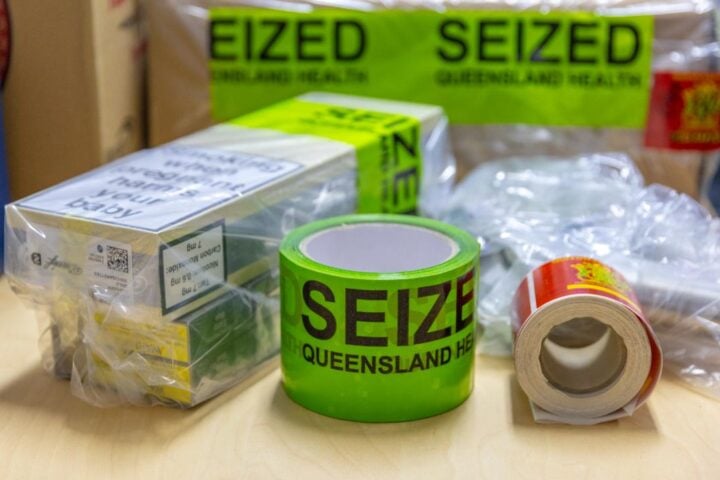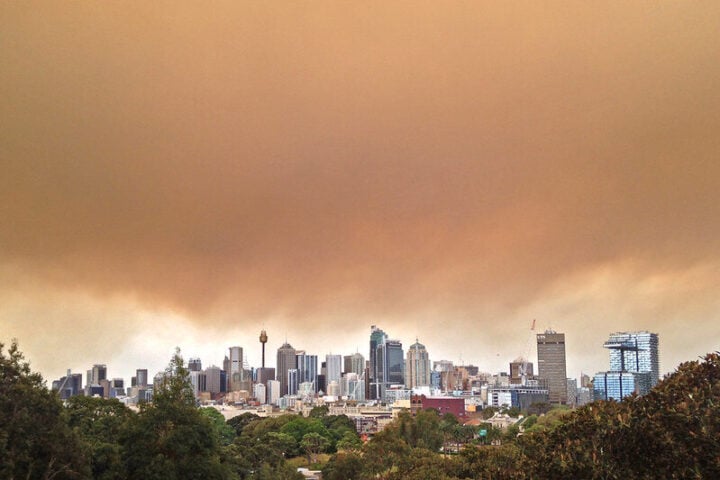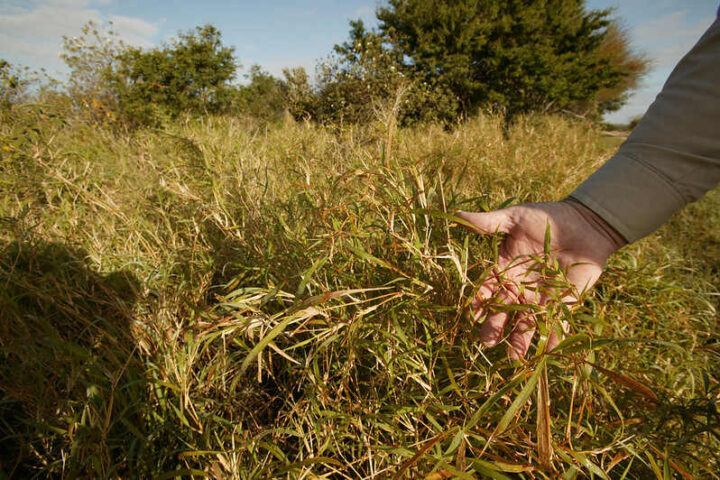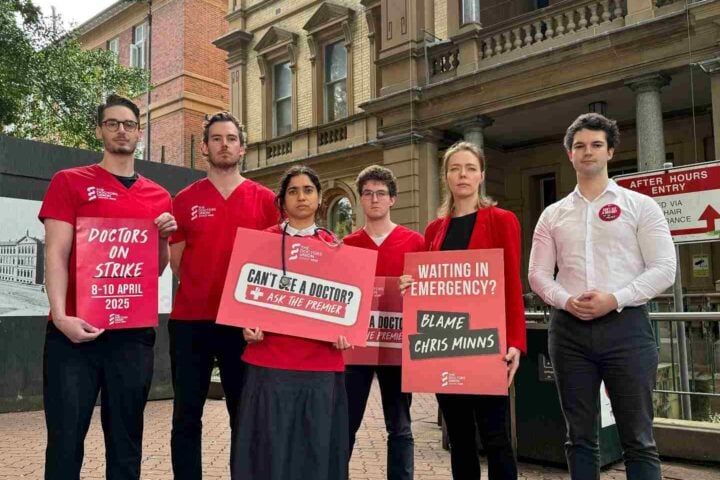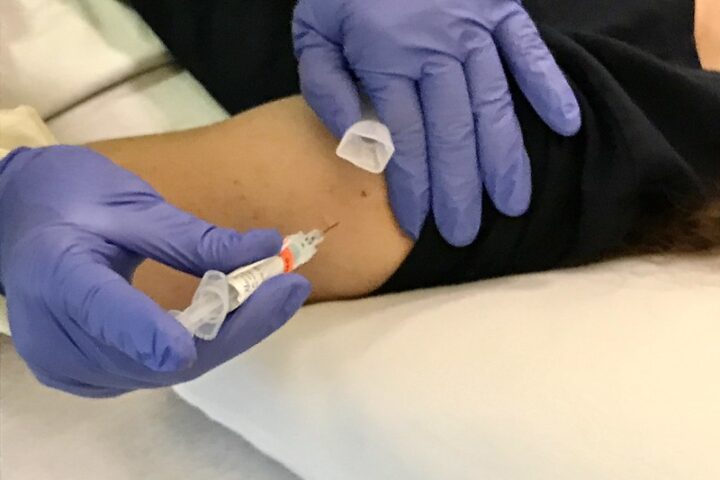Sydney’s growing light rail network has passed a major milestone of 150 million passenger trips, prompting the NSW Government to add more weekend services on the L1 Dulwich Hill line.
Weekend ridership on the L1 line jumped 17 percent between 2023 and 2024, leading to the addition of 48 extra services starting March 29. Passengers will now see trains every eight minutes instead of every ten between 11am and 7pm on weekends.
“Light rail has transformed the way millions of people get around the city,” said Transport Minister John Graham. “Whether it’s the L2 and L3 taking crowds of thousands to events at Moore Park, or the L1, which has been carrying passengers to and from the Inner West, Sydney’s light rail network has added an ease of movement and connected the city.”
The network now includes four lines: L1 Dulwich Hill, L2 Randwick, L3 Kingsford, and the newer L4 Westmead & Carlingford line on the Parramatta light rail. Together, these lines connect key locations including major sporting venues like the SCG and Alliance Stadium, the University of NSW, TAFE, and health precincts in Randwick and Westmead.
According to government figures, the system averages 118,437 trips each weekday, with the busiest station being Central Chalmers Street on the L2/L3 lines. The most popular travel time is between 5pm and 6pm on weekdays, with approximately 11,000 trips during this hour.
The network also plays a crucial role in Sydney’s broader transport system, with about 15,000 passengers transferring from Sydney Trains and Metro to light rail daily, and another 7,000 switching from buses.
Summer Hill MP Jo Haylen highlighted the impact on local communities: “The L1 Dulwich Hill light rail has been fantastic for the Inner West community. Whether it’s a Sunday morning trip to Sydney’s Fish Markets, or a Saturday afternoon visit to one of the Inner West’s pubs or amazing restaurants, there will be an L1 service waiting for you every eight minutes.”
The total number of light rail trips since the system opened now stands at 159,792,304, demonstrating the significant role the network plays in Sydney’s public transport landscape.
Frequently Asked Questions
Sydney’s light rail system has reached over 150 million passenger trips since opening, with a current average of 118,437 trips per weekday. The total number of light rail trips now stands at 159,792,304, demonstrating its significant role in Sydney’s public transport network.
Sydney currently operates four light rail lines: L1 Dulwich Hill line (connecting the Inner West with the city), L2 Randwick line, L3 Kingsford line, and the newer L4 Westmead & Carlingford line (part of the Parramatta light rail). These lines connect key locations including major sporting venues, universities, and health precincts across the city.
With the recent service increase on the L1 Dulwich Hill line, passengers can now expect a light rail service every eight minutes (improved from every ten minutes) between 11am and 7pm on weekends. The NSW Government has added 48 extra weekend services in response to a 17% growth in weekend ridership between 2023 and 2024.
The busiest light rail station in the network is L2/L3 – Central Chalmers Street. The peak travel time is between 5pm and 6pm on weekdays, with approximately 11,000 trips during this hour. The light rail system also facilitates about 15,000 interchanges from Sydney Trains & Metro and about 7,000 interchanges from bus services each weekday.
Sydney’s light rail system links key precincts around the city, including major sporting stadiums like the SCG and Alliance Stadium, entertainment areas, the University of NSW, TAFE, and the Randwick health precinct. The newer L4 line connects Western Sydney residents to the heart of Parramatta, Commbank Stadium, Rosehill Gardens, and the Westmead health precinct.
The light rail system is well-integrated with Sydney’s broader transport network. According to government figures, about 15,000 passengers transfer from Sydney Trains and Metro to light rail daily, while another 7,000 switch from buses. This integration creates a more connected public transport system, allowing passengers to move easily between different modes of transportation.
